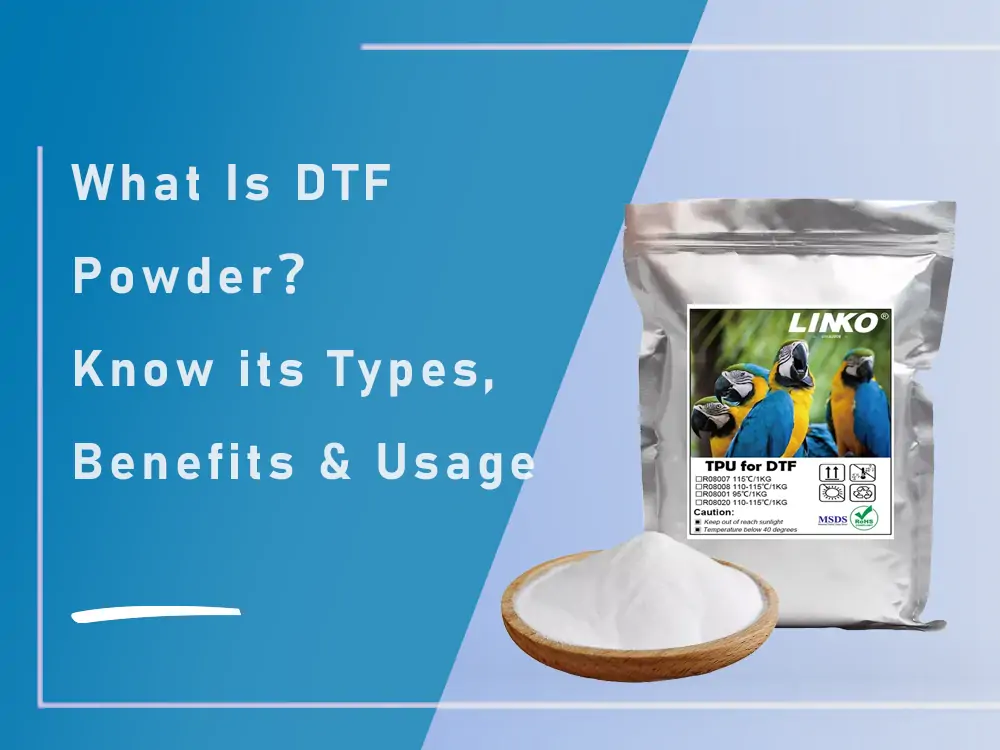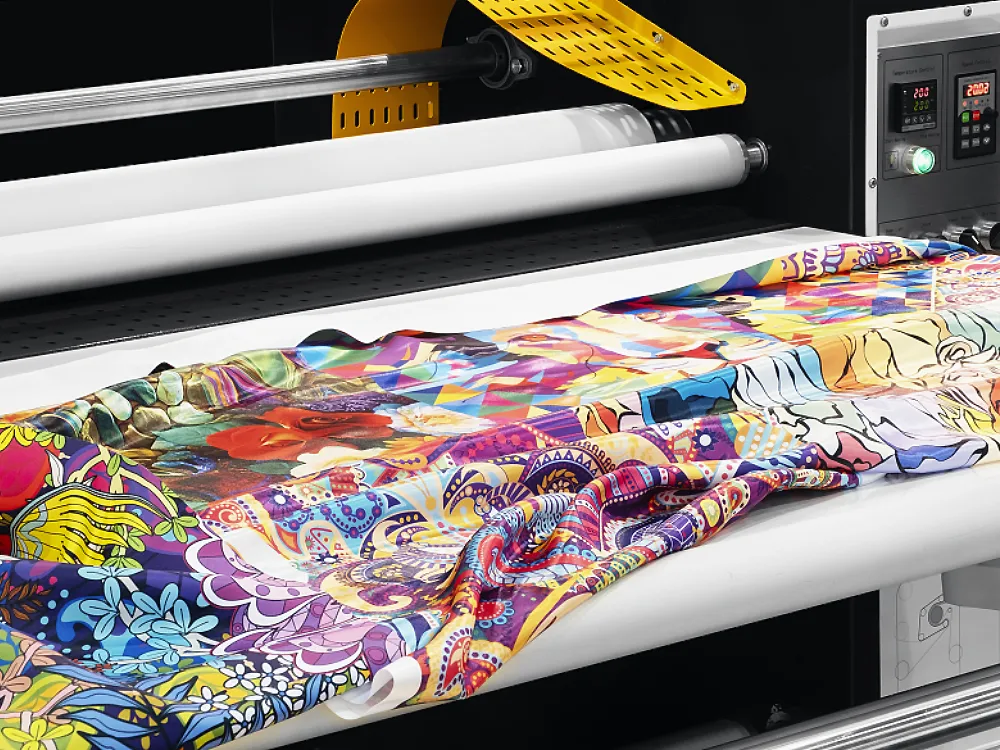We recommend RIP (Raster Image Processor) software as an advanced design tool for DTF printing. RIP software excels in color management, print layout and image resolution control, is able to handle a variety of file formats, and provides flexible typesetting options to ensure print quality and accuracy. Its efficient workflow management function not only significantly improves production efficiency, but also ensures the best results every time, making it an ideal choice for DTF printing projects.
Author Archives: DTFLINKO
Learn about the best fabric options for DTF transfers to ensure you get great prints and long-lasting designs. This article takes an in-depth look at the various fabric types suitable for DTF transfers, including cotton, polyester, blends, and more, and provides professional advice to help you choose the best fabric for different projects.
This article discusses the 11 most common problems in DTF (direct transfer) printing and their solutions. Although DTF printing is popular for its efficiency and versatility, users may encounter many problems in actual operation. By analyzing these problems in detail and providing practical solutions. Whether you are a beginner or an experienced operator, this article will provide you with valuable reference.
UV DTF (Direct-to-Film) Printing is a groundbreaking technology that merges the capabilities of UV printing with DTF (Direct Transfer Film) methods. This innovative process allows for printing directly onto a film using UV light, eliminating the need for traditional inks or toners.
This article explores the key differences between DTF printers and white toner printers. Although both DTF and DTG suffer from ink settling problems, DTF printing is significantly different from white toner printing in terms of workflow, durability maintenance, application range, feel and cost. DTF printers are typically based on modified inkjet printers, and although they have no warranty and limited supply, they have unique advantages in the modern printing industry.
Regular UV printers can be adapted for UV DTF (direct to film) printing, but there are some issues to be aware of. The main differences are the type of UV ink used and whether a heat press is required to complete the transfer. Even if regular UV printers can be used, modifications and additional equipment are usually required to achieve the best results.
Starting a DTF printing business requires essential equipment and supplies. You’ll need a high-quality DTF printer, specialized DTF ink, and transfer film. Additionally, a heat press is crucial for transferring the designs onto various materials. Proper software for designing and managing prints, along with reliable maintenance tools, ensures smooth operation. Understanding the market and having a robust business plan are also vital for success. With the right resources and preparation, you can efficiently set up and run a profitable DTF printing business.
To make DTF transfers, you need to choose a printer specifically designed for this purpose. The ideal choice is a Direct-to-Film (DTF) printer, as these printers are optimized to handle the unique requirements of DTF printing, ensuring print quality and durability. Not all printers are suitable for DTF transfer, so it is important to choose a printer designed specifically for this purpose.
DTF powder, also known as hot melt adhesive powder, is a crucial component in the Direct-to-Film (DTF) printing process. This powder is applied to the printed film after the design has been printed but before it is transferred to the fabric. Specially formulated to be low temperature and low odor, DTF powder consists of small polyamide particles that adhere to wet ink, ensuring the design binds properly during the heat pressing stage.
Introduction Learning the steps on how to print on textile should come after knowing the methods you can choose from. Fabric printing is always a reliable venture, whether as a hobby or a business. However, there are risks if you lack the knowledge of the methods to suit your printing needs. So, before you get […]
- 1
- 2










